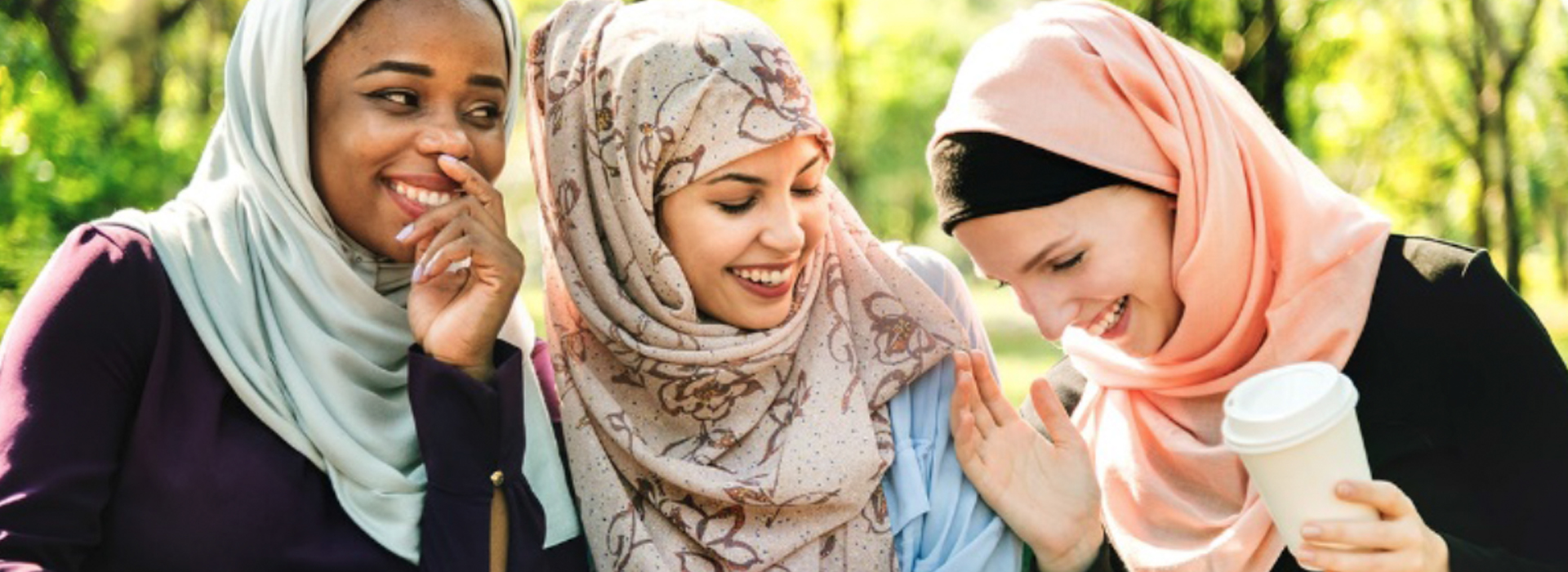- Introduction
- 1. TIPS FOR BETTER COMMUNICATION
- 2. DIFFERENT WAYS TO COMMUNICATE
- 3. THE CLIL METHOD
- 4. SOCIAL INTEGRATION
- Excercises and Self Assessment
- References & Links
Overview:
This module deals with language learning as a tool for social integration and how to communicate in groups without a common language with the focus on intercultural gardens.
The module focuses on the following points:
- Language Learning
- Communication
- Social integration

Knowledge
- Tools to handle language learning in intercultural gardens.
- Tools to handle social integration.
Skills
- Increase the knowledge between different non-verbal communication channels.
- Increase awareness of social integration.
Attitudes
- Flexible
- Open minded
- Active listening
Language and social integration are two closely related concepts. There cannot be any meaningful social integration without some sort of language. That is why it is often argued that language is one of the most vital social barriers for most migrants especially those in communities that speak a different language than them. Migrants learning the language of their new environment could therefore be considered as taking a step in the right direction towards their social integration.
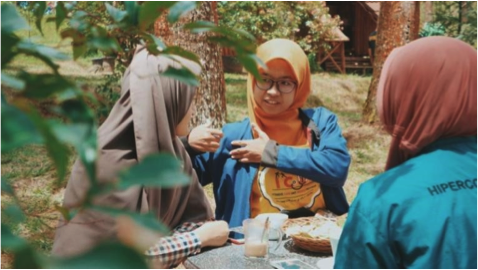
This module deals with:
- Developing a general awareness for the different communication channels.
- Creative ways of communication for participants in intercultural gardens.
- Give suggestions for ways of increasing the social integration.
- Communicate in such a way that you can be understood by people from other countries or cultures that are in the garden.
- Take enough time and answer / respond flexibly and positively.
- Deal constructively with situations that you think are unclear or confusing when you work with people from other countries or other cultures and keep the respect for the individual, even if you are unable to understand or empathise with their views or behavior.
- Reflect on the influence your behavior and your language have when you are working with people from other countries or cultures and adapt the way you communicate.
How could people who don’t know a common language communicate with each other effectively? Here are some good examples:
- Gestures

- Sound
- Body language
- Pictures
- Social media
- Cards with text in different language
- Translations apps- such as:
- Moving Language
- Google translate
- ITranslate
Pictures
- One way is to print pictures of different garden tools
- Add words in different languages to the pictures

“Maps”
The Urban Garden could have maps of the garden with different images with easy descriptive words which are easy to understand and make it easy to find their way.
Through this the migrants should feel more comfortable and included.

Common Signs
Many languages have common signs so to use universal signs is a very good way for intercultural gardens to communicate even if the participants don’t have a common language.
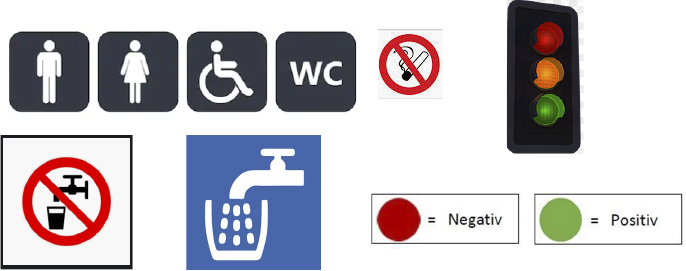
Working with cards
This method works well with large groups as well as with single participants. The method does not need any language, it is suitable as a method for learning sentences in a foreign language about one’s own wellbeing. By posing the simple question “How are you?” and giving different answer possibilities individual appreciation can be expressed.
Especially with adults in mixed language groups new words can be learned by, this technique such as: happy, glad, sad, angry, surprised etc. Using this technique personal freedom of expression is strengthened. The method serves a visually supported communication about one’s own state of emotion.

Language Learning
- Create language guides for common phrases

- Create language guides for common words
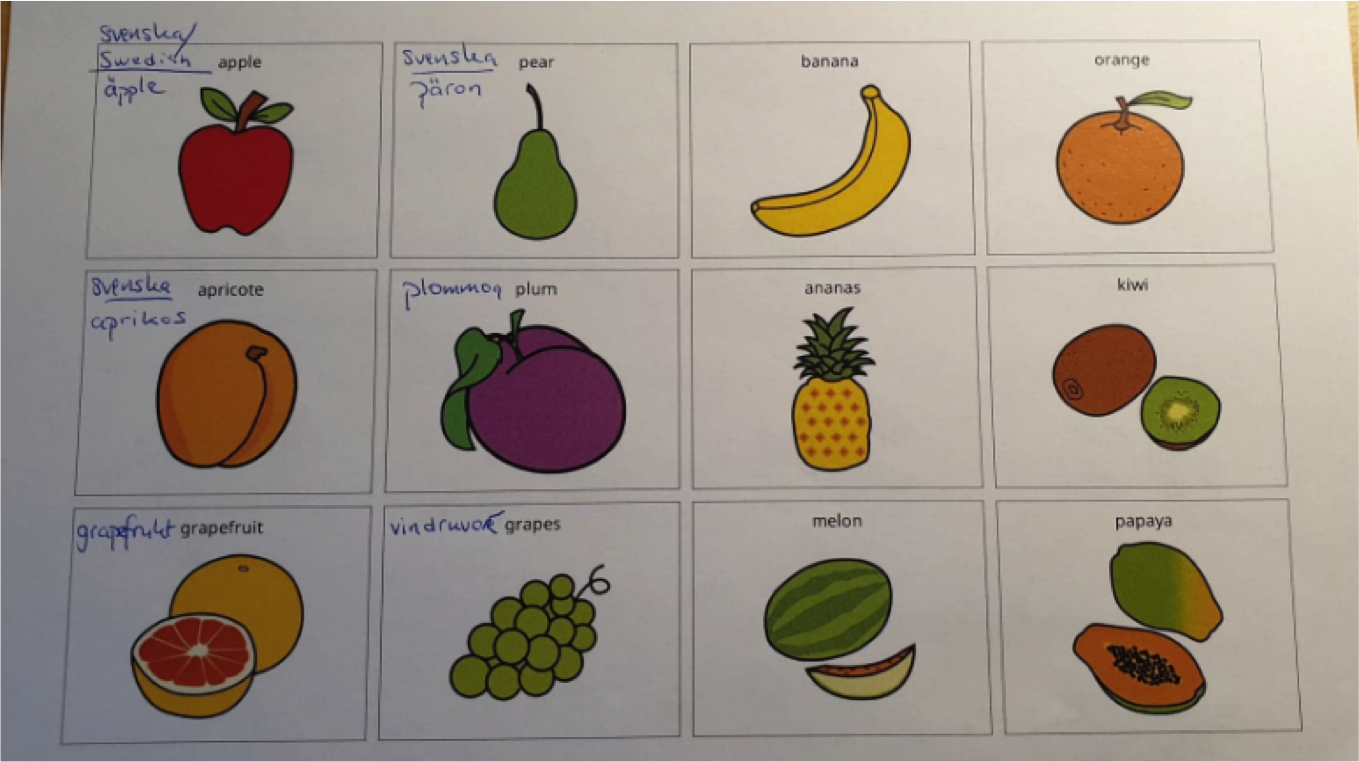
- Find Videos on Youtube
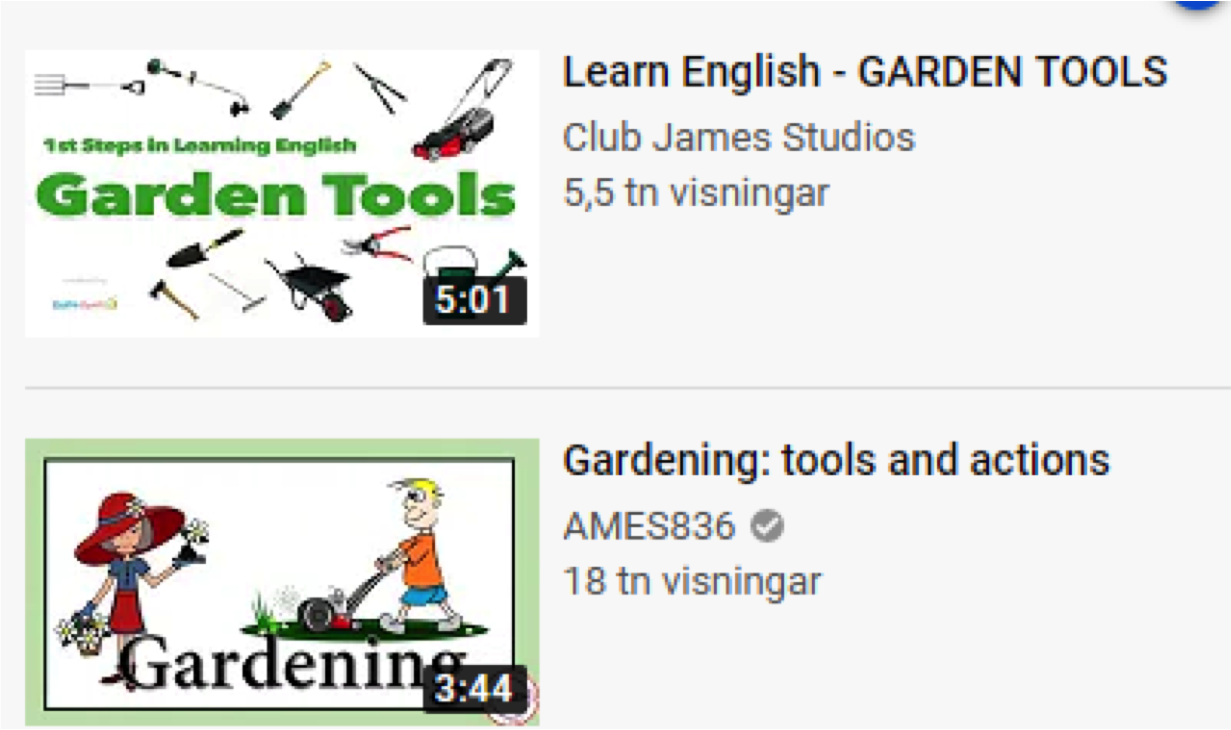
- Why Content and Language Integrated Learning?
- Method CLIL
- CLIL - Increasing the migrants motivation by building a “can do” attitude
There are four important reasons for the integration of language and content.
- Language is acquired most effectively when it is learned for communication in meaningful and significant social situations.
- The integration of content and second language instruction provides a substantive basis and exposure for language learning.
- Language acquisition naturally goes hand in hand with cognitive development.
- Knowing how to use language in one context does not necessarily mean knowing how to use it in another. The integration of second language instruction with content instruction respects the specificity of functional language use.
→ https://en.wikipedia.org/wiki/Content_and_language_integrated_learning
Increasing the migrants motivation by building a ´can do´ attitude.
Focusing on intercultural gardens, content related language learning offers multifaceted possibilities to integrate contents from the topic such as:
- Garden words
- Plant vegetables
- Dishes and typical cuisine
- Special days and celebrations
- Guiding tours
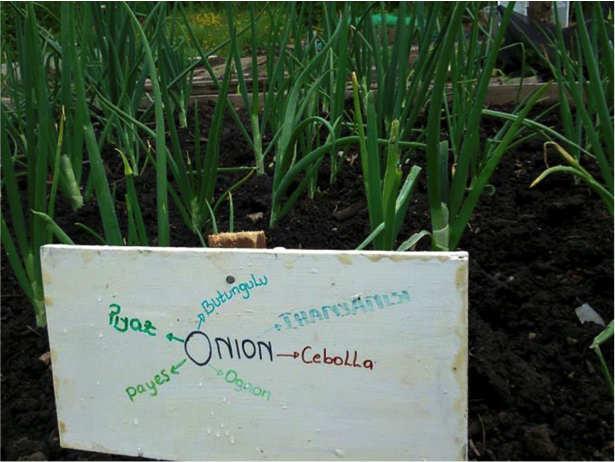
- In the garden everyone can share their knowledge and everyone has some knowledge to contribute.
- The activity of planting and then harvesting what has grown is very important for many people.
- The participants have many ideas about what to plant and what the crops should be used for.
- This activity is good for everyone who participates and they feel a sense of achievement in what they have grown.
“When working in the garden, it is good if there is a division, in terms of pre-cultivation, sowing, and workshops so the participants can learn the different parts of the subject gradually.” (Åsa, gardener in Health Garden, Kristianstad)
→ Link to Health Garden
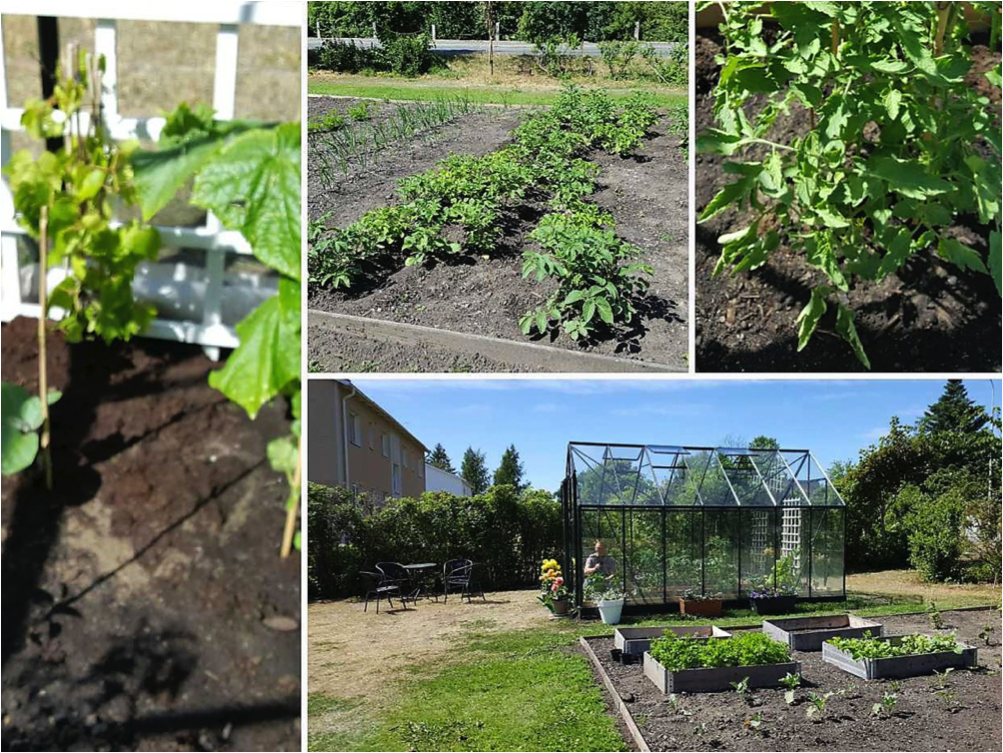
Social integration is the process during which migrants or minorities are incorporated into the social structure of their new environment.
Social integration, together with economic integration and identity integration, are three main dimensions of migrants experiences in their new environment.
Better social integration contributes to a closer social interaction between groups and more consistent values and practices.
In a broader view, social integration is a dynamic and structured process in which all members participate in dialogue to achieve and maintain peaceful social relations.
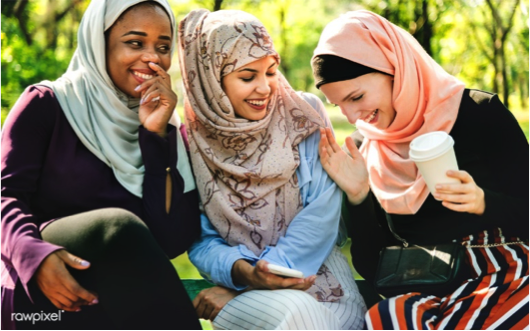
Meetings in informal settings like in intercultural gardens enables social networking and social integration possibilities. Networks are however hard to maintain without good communication which usually involves language.
One way to increase this is by using social media, as social media is easy to understand and does not need much text or language skills.
The intercultural gardens can have Instagram and/or Facebook with content that suits the migrants. This also increases language learning and the social integration.

Intercultural gardens can also do other activities to increase their language skills together and social integration such as:
- Social events
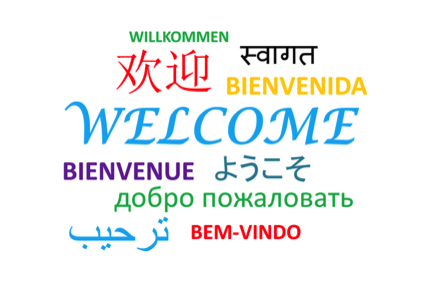
- Dance events
- Art events
- Food events
The activities encourage development of language skills and increases social integration.
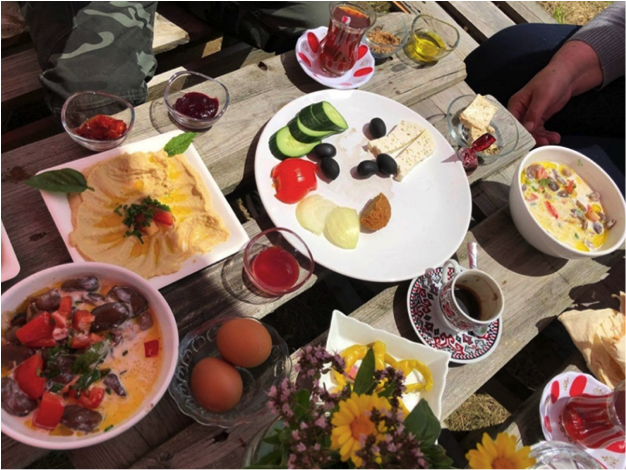
Intercultural Gardens as a meeting point
- Social and ecological harmony at Ekerydsplan, Olofström Sweden
- Social and ecological harmony at Ateljen i Växjö, Sweden
- Social and ecological harmony at Ekerydsplan, Olofström Sweden
→ Link to Ekerydsplan/related Activity
“I was not prepared for the social kit created when growing together. Here are people who never spoke Swedish earlier but who do it now when they talk about plants and food with their neighbours.”
(Volunteer in Olofström, Sweden).

"When we got the someone needs me, the hens do not care if I do not speak so good Swedish. Here I have made new friends.“
(Migrant woman in Olofström, Sweden).

→ Link to Ateljen/related Activity
“When I, as a newly arrived refugee, came to Sweden and had the opportunity to undertake rehabilitation in the studio, I had the opportunity to learn how to grow within the Swedish climate. In the garden we do not have a large area to grow on and then all spaces must be used in the best way. We have created various steps in learning cultivation. This is because we will learn the different ways of doing this. But also, because we should learn the words that are included in crops and plants, so that we can train the Swedish in words and sentences.”
(Comments from the participant)

“It has been shown that it is a good concept to have a mixed group of Swedes and migrants. The garden has become an attractive place, and many come to study visits from other organisations from southern Sweden.”
(Gardener at Ateljen)
The Oriental Breakfast:
- is a regular event where the gardeners invite locals and friendsfor a delicious oriental brunch in the garden.
- takes place every Saturday with more gaps in the cold seasonsin a befriended café in Vienna.
- is available on a donation basis; so migrants can easily participate.
- is operated by migrants who get compensation for their work.
Implementing this activity was a big step for the project in building a bridge to locals through food and boosting the self-empowerment of the migrants through work in a team with different areas of responsibility. The activity started very small and after a good advertising campaign they soon reached 50-80 guests every Saturday.
In addition to having your breakfast with your friends and family or celebrating your birthday in the garden you could also buy fresh vegetables from the booth, after having your breakfast.
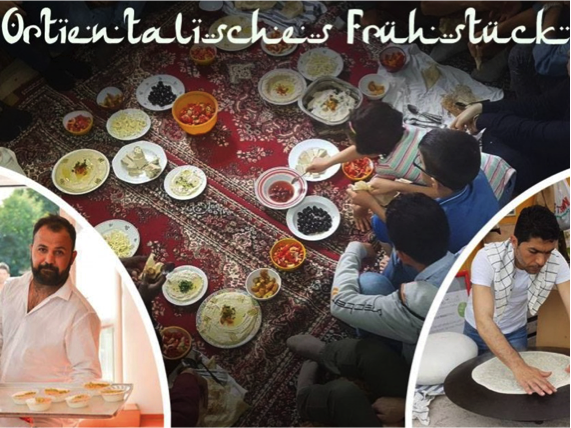
Questions for self-reflection
- Reflect upon communication in your garden:
- Are there language barriers in your garden that might prevent social integration?
- Are you already using activities for language training and social integration?
- Which of the described activities could be used in your project?
[WpProQuiz 3]
Pictures from:
- https://pxhere.com
- https://pixabay.com
- https://unsplash.com
- https://pngfind.com
- https://www.ctahr.hawaii.edu
- https://freepik.com
- https://rawpixel.com
- https://pngimage.net
- http://bildstod.se/
- www.pictoselector.eu/
- Out Side In – Inclusive Adult Education for Refugees Project Number: 2015-1-DE02-KA204-002503

 English
English  Deutsch
Deutsch  Español
Español  Svenska
Svenska 